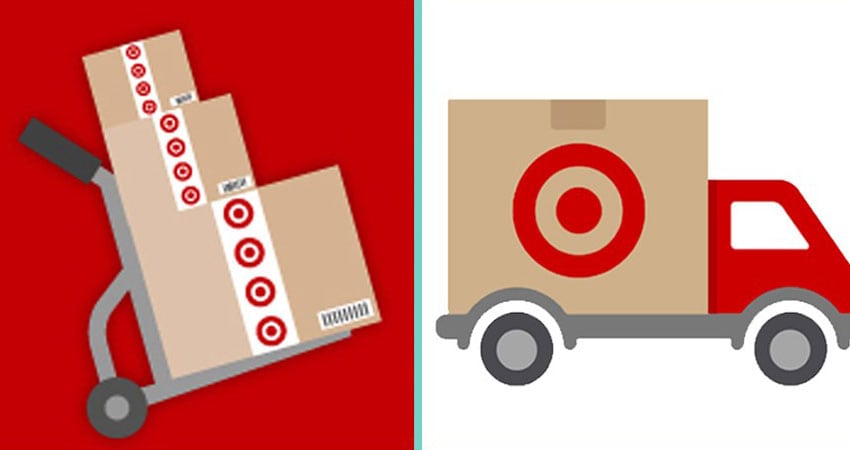Target reported ecommerce sales growth of 42% in the first quarter, with positive guest response to same-day delivery and pickup services enabled by its significant supply chain investments and Shipt acquisition.
“Our stores handled more than 80% of our first-quarter digital volume, including all of our same-day options combined with digital orders shipped directly from stores to guest homes,” said Brian Cornell, CEO and chairman of Target in the earnings call.
Cornell said across both stores and digital channels, sales growth continues to be driven primarily by traffic. In the first quarter, comp traffic was up 4.3% on top of 3.7% a year ago.
“With our first quarter financial performance, which reflects continued progress on the strategic initiatives we began rolling out more than two years ago,” he said. “Since that time, we’ve seen a meaningful acceleration in our business.”
The quarter marked Target’s eighth consecutive quarter of comparable sales increases. Cornell said comparable sales growth of 4.8% was a bit ahead of expectations. “This was driven by broad strength across all our merchandising categories, particularly toys and baby,” said Cornell.
Cornell said the business benefited from multiple drivers including strong performance for Valentine’s Day and Easter, along with everyday traffic in food and beverage and essential categories.
“Now we’ve been focused on building and rolling out a comprehensive set of digital fulfillment capabilities allowing us to provide our guest a convenient fulfillment option for every shopping journey,” said John Mulligan, executive vice president and COO of Target. “As a result of these efforts, Target now offers more digital fulfillment options across more of the country than anyone else in retail.”
Mulligan said Target offers in-store pickup at all of its 1,851 U.S. locations, with curbside delivery at more than 1,250 of them. Customers can order from Target.com and get one- or two-hour delivery through Shipt’s personal shoppers at more than 1,500 Target stores in over 250 markets.
While a portion of Target’s ecommerce orders continue to be shipped from fulfillment centers, most are being handled by store teams.
Given this year’s digital growth trajectory and the rapid adoption of same-day services, Mulligan said Target is now on track to grow its ecommerce sales by more than $1 billion in 2019, fulfilling an even higher percentage of orders from stores.
Mulligan said Target using its stores as digital hubs enhances its speed and reduces costs, cutting down on expensive and problematic split shipments, and overall transportation costs.
“There is one reason why we are focused today on developing an enhanced inventory planning and control system,” said Mulligan. “It will deliver increased precision in our inventory allocation, reducing the number of occasions when a split shipment is needed.”
Mulligan said store fulfillment has delivered high levels of satisfaction, with improved Net Promoter Scores on curbside pickup, same-day delivery and ship to home.

